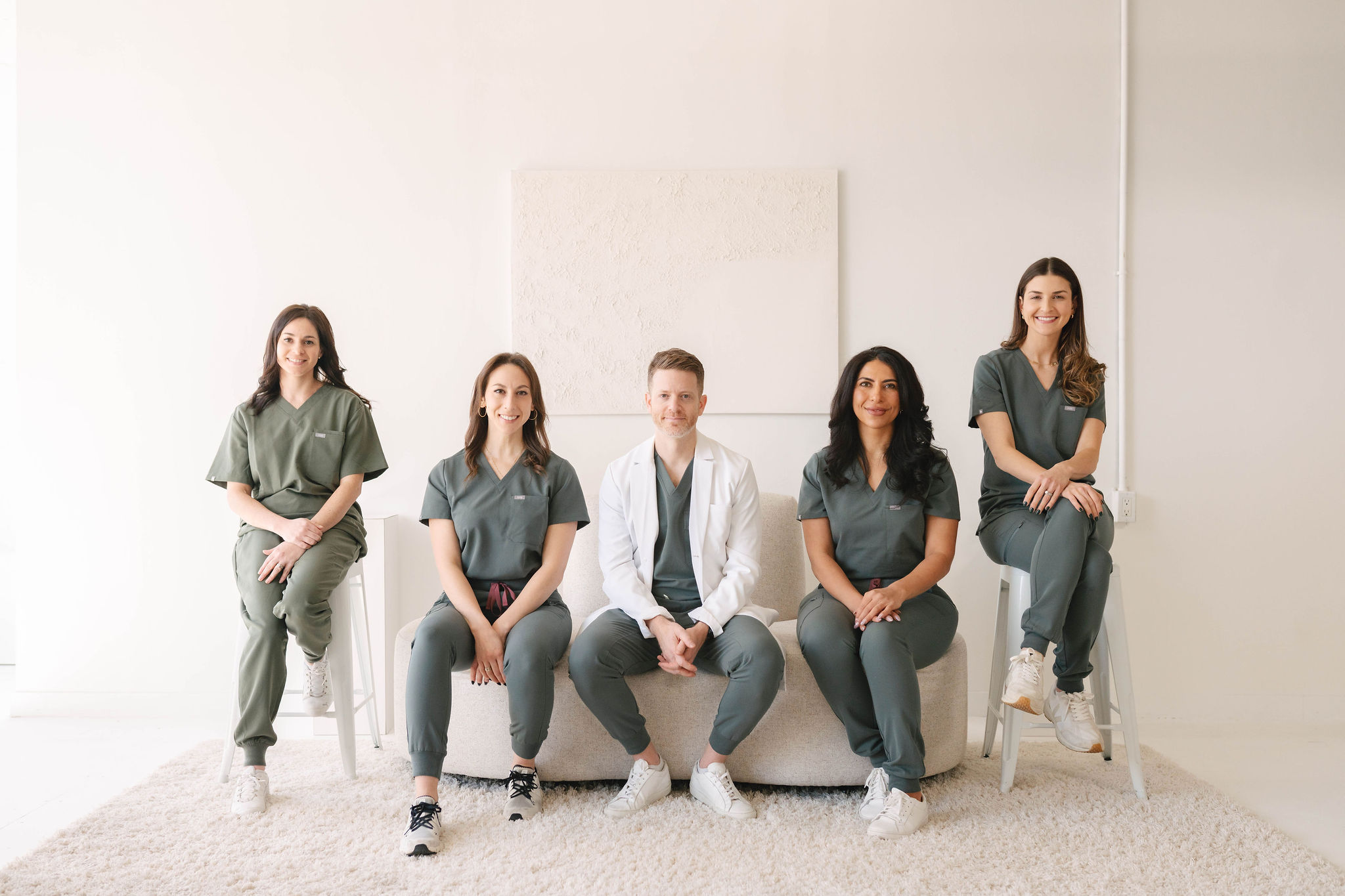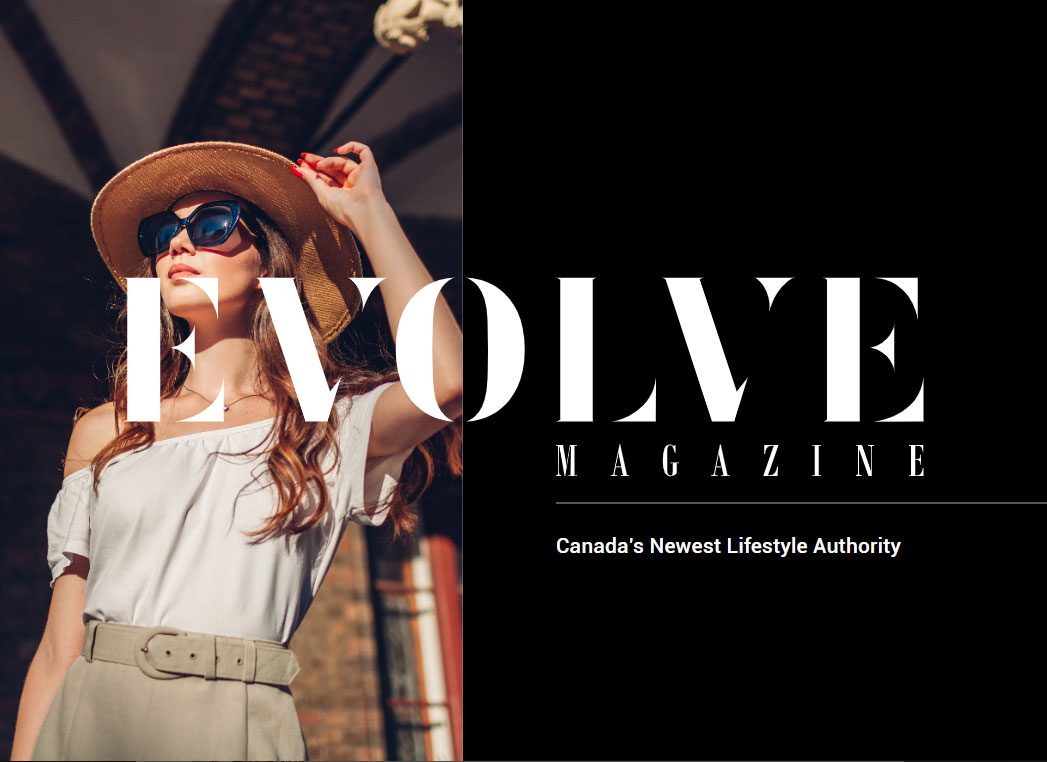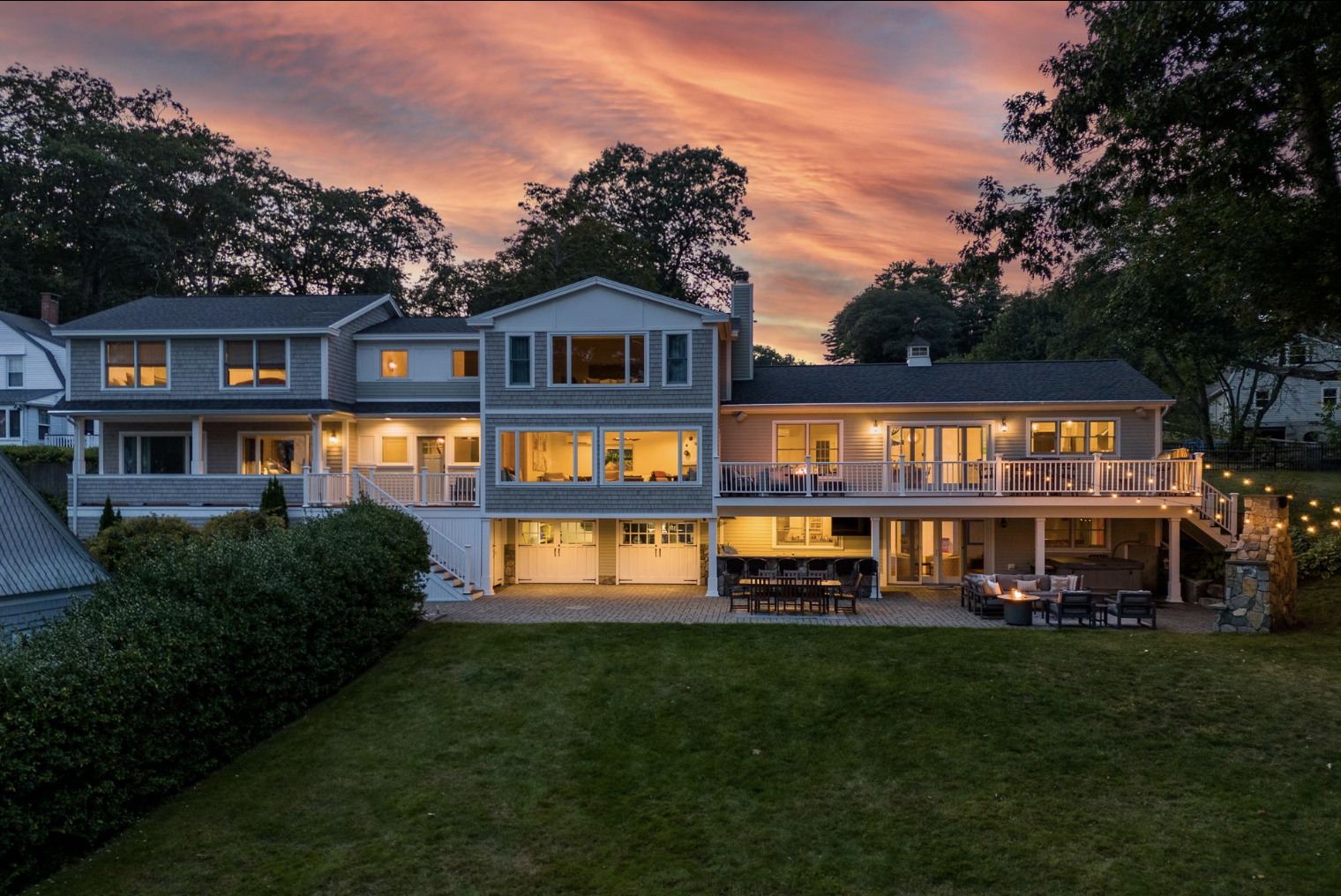Blog
cristina

Beyond Beauty: How Regenerative Aesthetics Are Redefining Longevity
By Dr. Michael Roskies, Facial Plastic Surgeon and Longevity Advocate
In the aesthetics world, the goal has always been clear: look younger, for longer. But we’re entering a new era—one where beauty is no longer about appearance alone, and longevity isn’t just about adding years, but adding vitality to those years. As a facial plastic surgeon working at the intersection of cosmetic innovation and regenerative medicine, I believe we’re on the cusp of a healthspan revolution. The question is no longer how young can you look? but how well can you live? This article explores how surgical and non-surgical regenerative therapies are not only enhancing appearance, but actively improving tissue health, slowing cellular aging, and reshaping how we think about aging itself.

Aesthetic Medicine as a Gateway to Regeneration
I’ve often said to my patients that if they ever wanted to know how well they’ve treated their bodies, then they should undergo elective cosmetic surgery. Because one thing has become very clear to me over the last decade, those who invest in their health before a major test to their body will fly through recovery. Living well pays dividends.
The face is our most visible organ of identity and aging. Wrinkles, volume loss, skin laxity—these are the visible signs that patients often seek to address. But under the surface, something more profound is happening. The treatments we once used solely for cosmetic enhancement are now being re-evaluated for their regenerative properties.
Take microneedling with radiofrequency or fractional lasers. These devices were once prized for improving skin texture and tone. Now, we understand they stimulate fibroblast activity, enhance dermal collagen production, and may even influence the behavior of stem cells in the skin’s basal layer. Similarly, autologous treatments like PRP (platelet-rich plasma) and fat grafting are finding new value in their ability to deliver growth factors that promote tissue repair.
These modalities blur the line between cosmetic and functional medicine. They’re no longer just about looking good—they’re about healing better and aging slower.

Surgery Meets Stem Cells: The Future of Facial Rejuvenation
In my practice, I see the effects of aging not as isolated aesthetic problems, but as a systemic decline in tissue quality. That’s why I’ve embraced the integration of regenerative principles into surgical techniques.
I wrote my Masters thesis on adipose derived stem cells for tissue engineering, so I have been interested in using fat for stems cells since the beginning of my practice. For example, a modern deep plane facelift can be enhanced by incorporating nanofat derived from liposuction. These stem-cell rich tissues not only restore youthful contours, but also improve skin quality over time. What was once a static lift is now a dynamic, biologically active rejuvenation.
Equally promising are techniques that preserve vascularity and lymphatic drainage—keys to both short-term recovery and long-term skin health. We do this with advanced techniques, one of which I helped pioneer, called the Preservation Facelift. By respecting the biology of aging tissue rather than simply camouflaging its effects, we promote more natural, lasting outcomes.
The Role of Biohacking and Longevity Protocols
While surgery addresses structural decline, many patients are now combining procedures with systemic longevity interventions. This includes peptide therapies, IV nutrition, hyperbaric oxygen therapy, red light therapy, and exosome treatments. Once considered fringe, these modalities are increasingly supported by data suggesting they improve mitochondrial function, reduce inflammation, and accelerate healing.
The goal? Not just to bounce back from surgery faster, but to optimize cellular function long-term. In the same way athletes use recovery tools to extend performance careers, aesthetic patients are now using them to extend their beautyspan.
At our new practice in Yorkville, we’re building a recovery and longevity space adjacent to our surgical centre. Patients receive red light therapy within hours of surgery. Tailored treatments, like hyperbaric oxygen therapy, are offered postoperatively to enhance detoxification and tissue repair. It’s a model that merges wellness with aesthetics—a paradigm we believe will define the next generation of care.

Mindset Shift: From Vanity to Vitality
Perhaps the most exciting shift is not in the tools we use—but in the mindset of the patients we serve. People are no longer seeking treatments because they dislike their appearance. They’re seeking them because they want to feel like their best selves—at every age.
We’re treating 60-year-olds who are training for triathlons, 40-year-olds who are thinking preventatively, and patients of all ages who are curious about optimizing their brain, skin, and hormonal health simultaneously. Beauty is becoming synonymous with wellness, and the most successful treatments are those that align with both.
Beautiful noses breathe better, beautiful faces work more effortlessly. Throughout human history, beauty has been a marker of health, fertility, and genetic fitness. Evolutionary biology teaches us that natural and sexual selection favor traits that signal vitality—clear skin, symmetry, youthfulness. These are not superficial preferences; they are hardwired cues that helped our ancestors choose strong, healthy mates. In this way, our attraction to beauty is deeply biological. It’s no coincidence that many of the interventions we now use to enhance appearance are also the ones that improve tissue function and overall well-being.
Where We’re Headed: The Future of Regenerative Aesthetics
We are at the edge of something extraordinary. In the coming decade, we can expect:
● Exosome-based therapies to become more precise and personalized
● Stem cell banking and tissue engineering to offer repair from within
● Genetic and epigenetic testing to guide truly customized longevity plans
● Integrated recovery lounges in surgical centers to be the norm, not the exception
What excites me most is not just the promise of longer life, but of better life. A life where health, beauty, and purpose are in alignment. A life where aging is not feared, but embraced—with the full support of science.
Final Thought
If aging is inevitable, how we age is not. Regenerative aesthetics empower us to move beyond superficial fixes and into an era of proactive, preventative, and personalized care. As both a surgeon and a longevity enthusiast, I’m inspired by a future where the fountain of youth isn’t just found in a syringe—but in the science that supports the whole human being.
Dr. Mike Roskies Website
@drmikeroskies
@tiktokfacedoc
About Dr. Mike Roskies:
Dr. Roskies is recognized as the only resident in history to receive national, international, and provincial research awards for his contributions to facial reconstruction. He has received prestigious scholarships from the Canadian Institute of Health Research and has authored numerous publications on facial cosmetic and reconstructive surgery. His accolades include the Alexander D. Stewart prize and the Canada Notable Award for Healthcare.
An Ironman triathlete, Dr. Roskies is deeply committed to excellence in all areas of life. His patients describe him as a compassionate, skilled professional who provides clear communication and exceptional results. His approach to cosmetic surgery is an artistic one, restoring beauty and confidence with a meticulous, patient-focused approach.

Share this post
Subscribe to Newsletter

Save 15% off your first purchase at EVOLVE Shop when you subscribe.
– Advertisement –
Latest Stories





